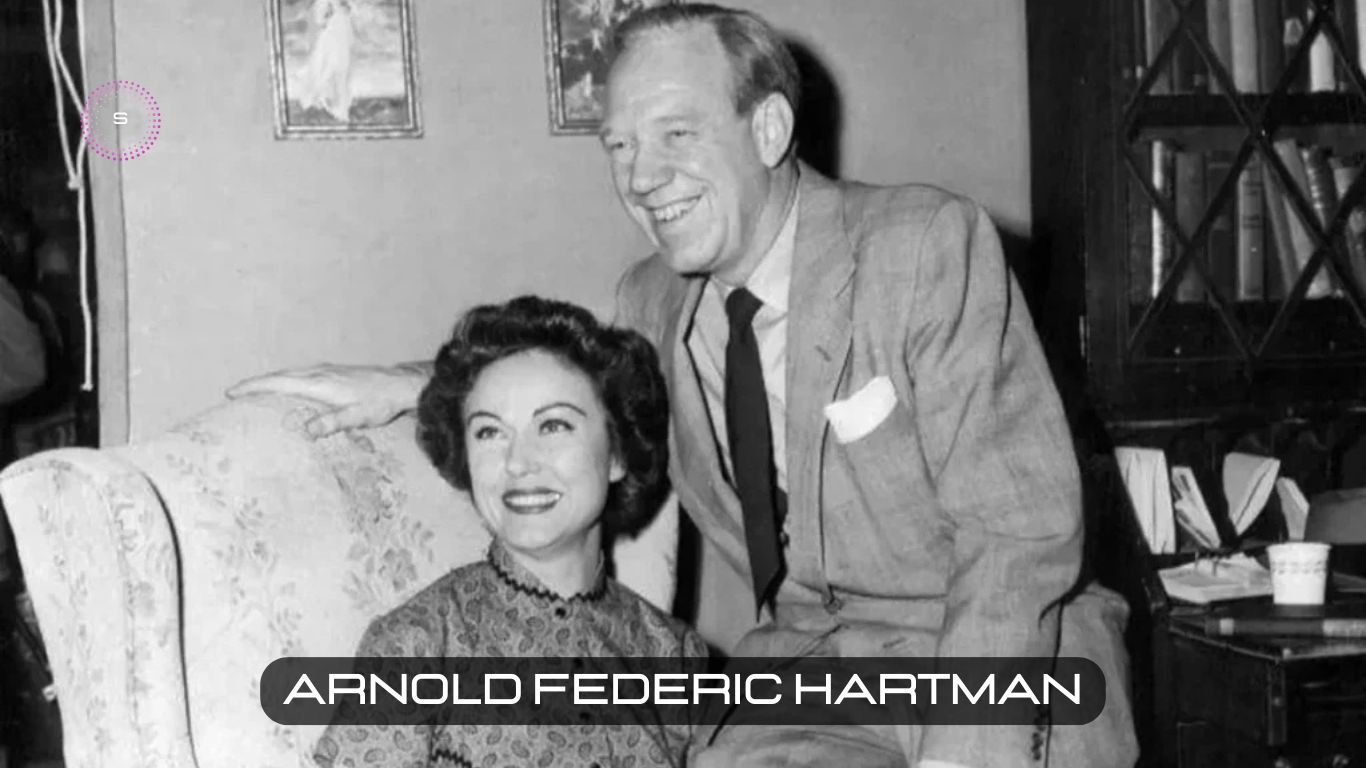Arnold Federic Hartman, Age, Relationships, Early Life And Career
Arnold Federic Hartman, born in 1867 in rural Nebraska, rose from humble beginnings to become one of the most innovative businessmen of the late 19th and early 20th centuries. Over his career, he founded several groundbreaking companies in fields like typewriter manufacturing, electricity, automobiles, and home appliances. At the time of his death in 1959, Hartman was 92 years old, with an estimated net worth of over $500 million, a testament to his entrepreneurial success. His wife, Angelica de Jesus Ortiz Sandoval, whom he married in 1889, was his lifelong partner and supporter, and their only child, Angelica Maria, carried on his business legacy. This article delves into Hartman’s remarkable journey and how his vision and determination not only built an empire but also uplifted his community.
Humble Beginnings
Arnold Federic Hartman was born to German immigrants, Frederich and Adeline Hartman, who settled on a small farm in Nebraska. From an early age, Hartman demonstrated a fascination with mechanics, learning from his father, a blacksmith, how to work with metal and machinery. This early exposure to mechanical systems shaped Hartman’s interests and paved the way for his future ventures.
By age 16, Hartman began an apprenticeship at a machine shop in Lincoln, Nebraska. His natural aptitude for understanding machinery allowed him to rise quickly, becoming a skilled journeyman. It was during these formative years that Hartman began to see opportunities for innovation, developing skills that would later prove invaluable in his entrepreneurial career.
Early Ventures in Manufacturing
After completing his apprenticeship, Hartman moved to St. Louis, Missouri, where he began working for a prominent manufacturer of steam engines and machine tools. His time at this company provided him with firsthand experience in factory operations, management, and the latest advancements in mechanical engineering.
In 1895, Hartman saw the potential of the newly emerging typewriter industry and founded the Hartman Typewriter Company. His innovative designs and improvements, combined with his technical expertise, quickly elevated his company to prominence. By focusing on improving the efficiency and durability of typewriters, Hartman was able to outcompete many of his rivals in the rapidly growing market.
The success of his typewriter company enabled Hartman to expand into new industries. In 1905, he founded the Electric Power and Light Company, which focused on bringing electricity to underserved Midwestern towns. Hartman’s vision of electrifying these communities laid the foundation for modern conveniences like lighting, refrigeration, and power for machinery, driving economic growth in the region.
Automobile Innovations
Hartman’s most significant venture came in 1910 when he entered the automobile industry. He founded the Hartman Automobile Company with the goal of making reliable, affordable cars accessible to everyday Americans. Hartman’s focus on practicality and innovation resulted in the production of vehicles that were not only affordable but also featured cutting-edge technologies such as electric starters and air-filled tires.
The Hartman Model A, introduced in 1920, was his company’s first mass-produced automobile, and it quickly became a sensation. With over 1 million units sold, the Model A introduced features that are now standard in modern vehicles, such as windshield wipers and gas gauges.
Despite the challenges posed by material shortages during World War I, Hartman’s company continued to thrive, becoming one of the largest automobile manufacturers in the United States by the 1930s. His leadership in automotive innovation helped revolutionize personal transportation, making cars an integral part of American life.
Expansion into Home Appliances
In the 1930s, Hartman shifted his focus to the burgeoning home appliance market. He founded the Hartman Electric Devices Company in 1935, applying the assembly line techniques he had mastered in the automobile industry to the production of refrigerators, washing machines, and other household appliances.
Hartman’s approach to appliance manufacturing revolutionized the industry, making labor-saving devices more affordable and accessible to the average consumer. His innovations contributed significantly to improving the quality of life for millions of Americans, as these new appliances transformed domestic life.
Even after retiring from day-to-day operations in 1950, Hartman remained an influential figure in his companies, continuing to provide guidance and vision as a consulting director. By the time of his death in 1959, Hartman’s businesses employed over 50,000 people and generated over $500 million annually.
Family and Personal Life
While Hartman’s business ventures consumed much of his time, his family was always his top priority. He and his wife Angelica were married for over 60 years, and they shared a deep bond. Angelica’s support was instrumental in Hartman’s success, providing him with the stability and encouragement he needed throughout his career.
Their daughter, Angelica Maria, was the couple’s pride and joy. Educated at prestigious universities, Angelica Maria eventually took over the family businesses, continuing her father’s legacy. Under her leadership, the Hartman companies grew even further, and she became known for her philanthropic efforts, using the family’s wealth to support health, education, and cultural programs across the country.
Legacy and Lasting Impact
Arnold Federic Hartman’s entrepreneurial journey is a quintessential example of the American dream. His story is one of perseverance, innovation, and an unwavering belief in the power of technology to transform lives. Hartman’s companies electrified small towns, made automobiles widely available, and brought labor-saving appliances to households across the country.
His business practices, which prioritized employee welfare and community enrichment, set him apart from many of his contemporaries. Hartman’s legacy extended beyond his financial success, leaving a lasting impact on both the industries he helped shape and the communities he enriched through his charitable giving.
Hartman’s daughter, Angelica Maria, carried forward her father’s commitment to ethical leadership and philanthropy. Her stewardship of the family businesses and dedication to charitable causes ensured that the Hartman name would continue to be associated with positive change and social responsibility for generations to come.
Conclusion
Arnold Federic Hartman’s life and career exemplify the spirit of entrepreneurship that has long been a cornerstone of the American dream. His ability to recognize opportunities in emerging technologies and his dedication to improving the lives of those around him made him a pioneer in several industries. Hartman’s journey from a machinist apprentice to an industrial titan serves as an inspiration to aspiring entrepreneurs, proving that with vision, hard work, and integrity, it is possible to create lasting success that benefits society as a whole.







